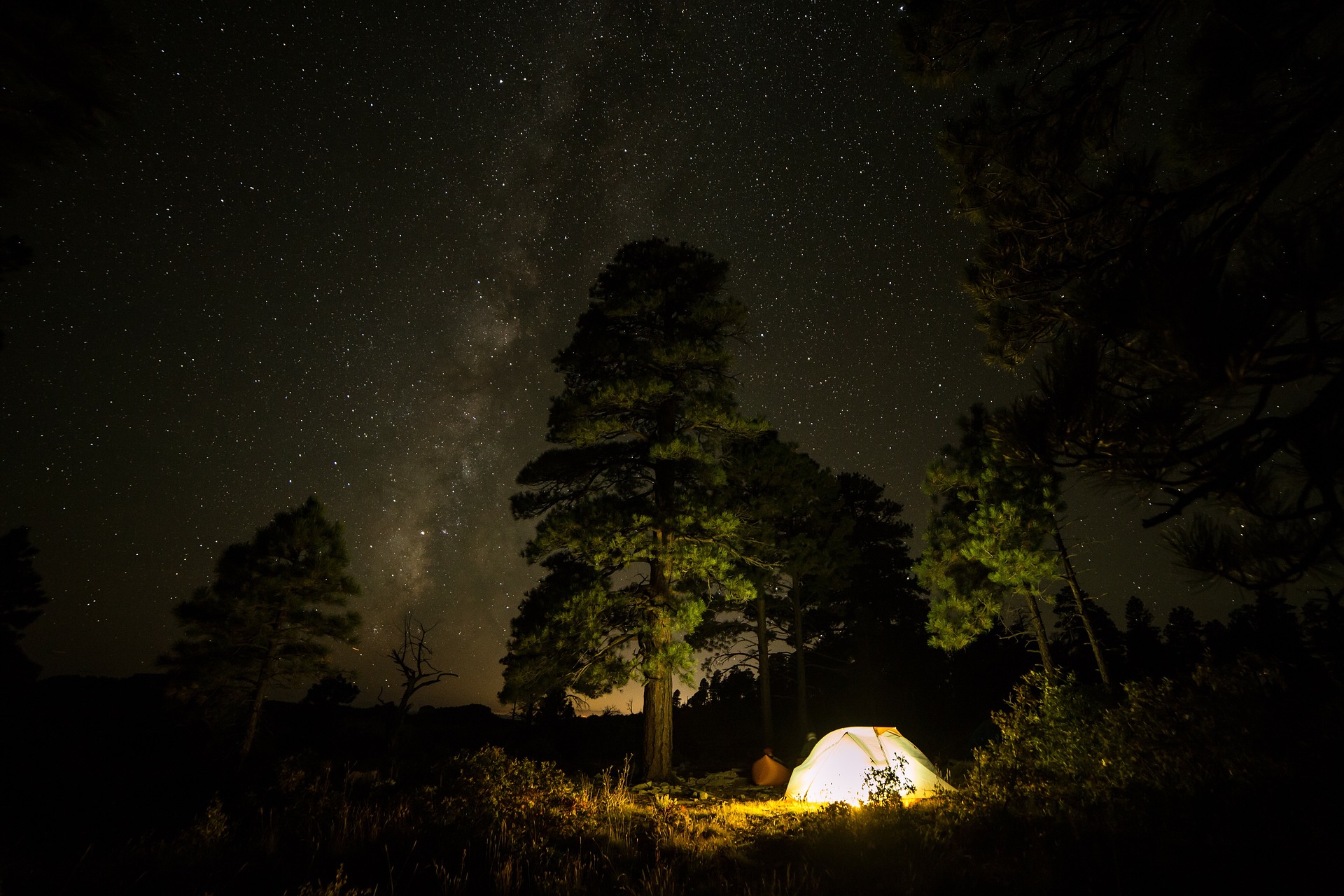
Moss
Moss. For some, it's a not-so-desirable growth.

And yet, this humble green growth plays an important role – a role that usually goes unnoticed. But what is it, and what purpose does it have?
Go get your camping gear and pack up. It's time for an outdoor adventure to learn about moss.

Moss, what is it?
Moss is a rather simple plant, coming in over 12,000 different species. Most plants have roots they use to get their food from the ground and act as an anchor. A stem or trunk connects to its roots, taking the nutrients from the root and moving them around like blood vessels in the human body.

Here is where moss is different. It doesn't have roots and doesn't have much by way of a stem; they have to cling to the ground by tiny hair-like things called Rhizoids. As a result, they cannot grow to any real height. Also, unlike roots that act like a straw, water is drawn up along these Rhizoids. Once water and nutrients get into the moss, it is absorbed like a sponge, making moss very moist.
Making a better world
Moss is perfect for soil for a couple of reasons. In the first place, since moss soaks up water, it helps keep the dirt in place and not washed away – making them something of a defender against erosion.

Secondly, moss often grows on rocks.

As the moss grows, it breaks up the rock and makes new soil. Some of the dirt you see around you originated from this humble greenery.

It's good for you
Moss does help make a better world around us, but it also is helpful to us directly. In many places, such as England and Japan, moss is used to add beauty to gardens.

And for those in the great wooded outdoors, moss can be helpful in many ways:
Since moss soaks up water, it makes for a good treatment of wounds or rashes. Many lives were saved in World War I when moss was used as a substitute for cotton bandages.
Moss is good insulation. Depending on your needs, putting moss over your sleeping bag can keep you warm or cool.
Moss has also been used in many places as thatching for roofs in areas such as Iceland.
Moss can be a good source of water or food. Many kinds of moss are edible and – so I'm told – are considered very delicious.
Dried moss can be burned.
Note: Be sure it is OK with the people who provide that camping area before you tear up the ground or pull it off trees for your use. It is often against the law to disturb the plants growing in the wild.
But one thing moss cannot be used for, namely, as a compass. Growing up, I was told that moss only grows on the north side of trees.
Sadly, it's not true. The truth is that moss can grow anywhere where there is high humidity or moisture. We once had some rocks outside in our backyard just underneath the eaves of the house. This area was never in direct sunlight. Condensation from the air conditioner would drip from the roof onto these rocks, and we often found moss growing on them.
Another misconception is that moss kills trees. The fact is, moss does not need a lot of sunlight, which is why places like rainforests, which are thick with trees, are ideal places for moss to grow. When moss grows too quickly on a tree, it could be a sign that it is diseased – but that is not always the case. There are usually other factors involved when this happens.
Myths and misconceptions aside, moss reminds us that even the humblest of living things have their place in this old world. So, next time you happen to see some moss as you wander in nature, remember its role in helping our Earth be a place of beauty.
On the web
This blog site has tons of facts on all things moss.
Don't miss out on future posts! Sign up for our email list and like us on Facebook!
Check out more hot topics, go back to Home Page
Comments? You can contact me at mailbox@thehomegrownprofessor.com